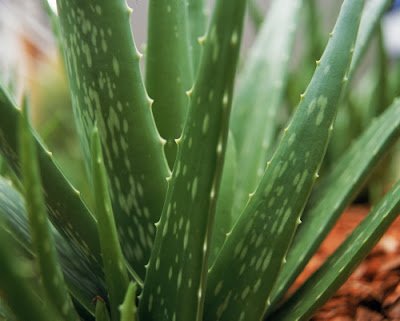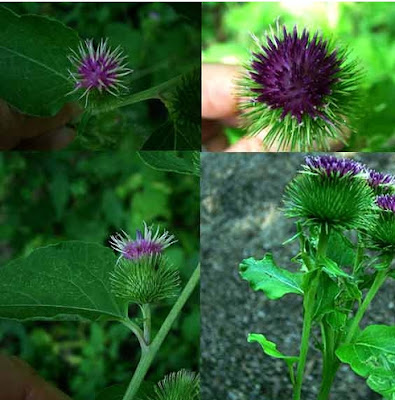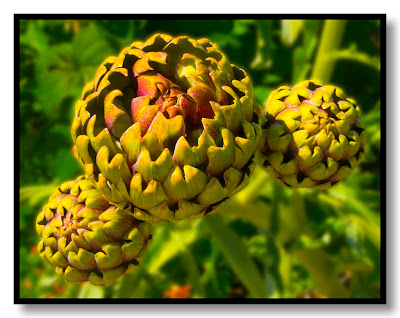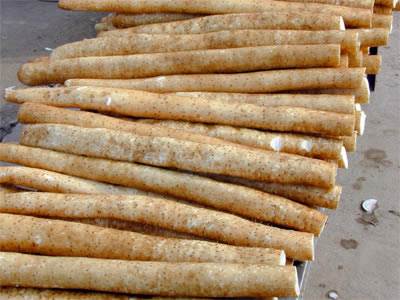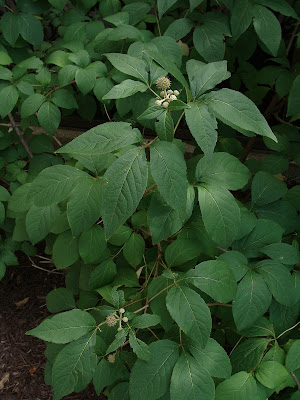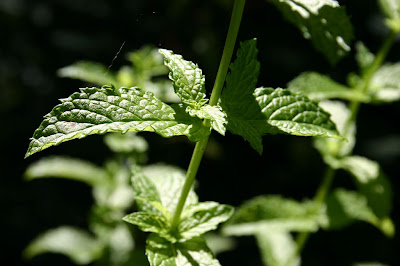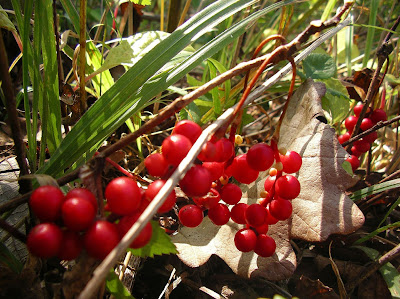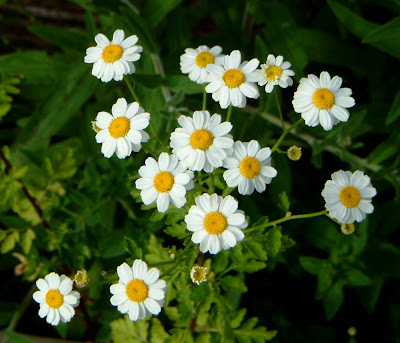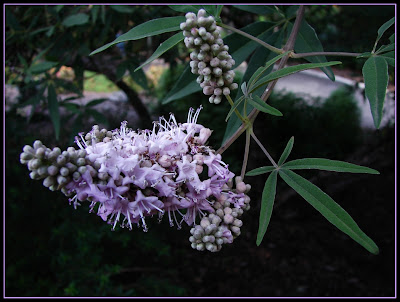Защо кокошката не лети като другите птици и други важни отговори според децата
-Какво е душата?
Душата е, когато мама ти сложи сладки на масата, а ти оставяш на братчето си. (8 г.)
Душата има форма на сърце. (8г.)
-Какво е тъгата?
Тъгата е, когато един човек отива при друг и много пие. (7 г.)
-Защо конете имат подкови?
На коня му слагат подкови, защото те са по-леки от него и се движат по-бързо. (8 г.)
На коня му слагат подкови, за да не падне по гръб. Когато му дръпнат повода, той се спира, благодарение на подковите. (9 г.)
На коня му слагат подкови, за да тропа по улиците, защото иначе не би бил кон. (7 г.)
-Какво означава думата "модерен"?
Модерен е, когато видиш нещо хубаво и скъпо, а нямаш пари. (12 г.)
-Как се прави парфюм?
Парфюм се прави от вода, запушалка и парфюм. (5 г.)
-Как успяват прелетните птички да летят ден и нощ хиляди километри?
Лястовичките, когато тръгват за топлите страни, по пътя се настаняват на щъркеловите крила и си почиват. Когато тръгнат на такъв далечен път, птиците си взимат ядене. Преди да отпътуват, стоят месец-два да си починат. (7 г.)
-Как се разбират птиците или животните помежду си, когато ние хората си говорим и понякога не се разбираме?
Птиците и животните се събират и си говорят шепнейки, а на нас ни казват само "мяу". (10 г.)
Рибите се разбират помежду си, когато правят мехурчета с уста. (8 г.)
Рибите се разбират чрез знаци. Майка им ги учи на азбуката на перките. (8 г.)
-Как хората от телевизията знаят какво ще бъде времето утре?
Човекът от телевизията знае, че утре ще вали, защото чете какво е написала майка му. (6 г.)
-Ако Земята се върти, защо не падаме от нея?
Върти се само Земята, асфалтът не се върти. (6 г.)
Земята е кръгла, но ние не падаме от нея, защото улиците са прави. (8 г.)
Земята има кръгла форма. Ние не падаме, защото не ходим там, където е кръгла. (7 г.)
-Защо Земята се върти?
Земята се върти, за да имат всички страни Земя. Тя, когато се върти, дава Земя на всички страни. (7 г.)
-Какво е затъмнението?
Затъмнението е липса. (12 г.)
-Какво е амбиция?
Амбицията в живота означава да си егоист. (10 г.)
-Какво е възрастният?
Възрастен означава възрастно дете. (10 г.)
-Какво е усмивката?
Да се усмихваш означава да се смееш наум. (8 г.)
Да се усмихваш е, когато някои хора се смеят със затворена уста, за да не пречат на другите. (7 г.)
-Защо се мием със сапун?
Ние се мием, за да вкараме сапун в очите на микробите. (5 г.)
-Какво е дрогата?
Дрогата е вид растение, което гангстерите изсушават и взимат като медикамент, за да забравят постъпките си. (14 г.)
-Какво са сълзите?
Сълзите са направени от морето и затова са солени. (7 г.)
Сълзите се появяват, когато мозъкът мисли и се изпотява и потта излиза през очите. (11 г.)
-Какво е газирана вода?
Газираната вода е вода с капчици. (7 г.)
-Колко години трае детството?
Децата живеят 35 години, младите хора 25, а възрастните за 5 години умират. (8 г.)
Детството продължава най-дълго и през цялото време искаш да пораснеш. (9 г.)
Детството продължава 5 години и след това идва училището. (6 г.)
Детството продължава 20 години и след това децата започват да остаряват. Старостта продължава до 88, а след това ставаш на 89 и трябва да умреш. (7 г.)
-Какво е талант?
Талантът е красота на мисълта. (12 г.)
-Какво е мъглата?
Мъглата е дим, който отива на небето, защото тук вече няма място. (7 г.)
Мъглата е гъста светлина, през която човек не може да вижда. (9 г.)
Мъглата е светла тъмнина. (5 г.)
Мъглата е замръзнал вятър. (7 г.)
Мъглата е небе, дошло на земята. (7 г.)
-Какво е небето?
Небето се разхожда високо и се огъва. (7 г.)
-Какво са микробите?
Микробите са много малки бръмбарчета, които се крият. Те виждат, че си си купил картофи, скачат върху тях и ако не ги измиеш, умираш. (7 г.)
Микробите влизат в човека и там оставят всякакви мърсотии, защото са им мръсни краката и така човек се разболява. (7 г.)
-Как светят светулките?
Светулките имат мъничко коса и газ и джуджетата им дават огън да се запалят. Светулките не умират, те светят докато изгасне огъня и когато им порасне още коса пак светят. (10 г.)
Светулките могат да светят, защото са късчета от звезда. Когато умре човек, пада звезда и от тази звезда се раждат светулки. (10 г.)
Светулките са мънички, имат лампа и ходят при хората, които сънуват, осветяват ги с лампата, за да видят какво сънуват. (7 г.)
-Защо някои охлюви имат къща, а други не?
Някои охлюви си имат къщички, защото са спестявали, не са яли картофи, а само цветя и така с времето си построили къщички. (7 г.)
-Дали звездите и светулките си говорят нещо през дългата нощ?
Звездите питат малките светулки какво правят през късия си живот, а светулките се чудят какво ядат звездите, че живеят толкова дълго. (12 г.)
-Дали сънят изцапва хората, че сутрин си мият лицето и ръцете?
Тъй като сънят е черен, трябва сутрин да се мием. (11 г.)
-Защо някои паяци имат кръстче на гърба си?
Защото са свещеници на паяците. (7 г.)
-Защо диригентът маха с ръце и пръчица, когато дирижира?
Той ръкомаха, за да покаже посоката на звука. (11 г.)
Диригентът има пръчица, защото е грозно да показва с пръст на контрабасиста накъде отива симфонията. (10 г.)
-Защо ние гражданите нямаме толкова украшения по дрехите, колкото селяните?
Ние гражданите нямаме толкова модели и украшения на дрехите, защото ние имаме работа, а селяните, когато оберат царевицата вече нямат какво да правят и си правят дрехи.
-Защо сънуваме?
Сънищата са, за да можеш да спиш. Тъй като очите непрекъснато виждат нещо, искат и нощем да виждат. (7 г.)
Сънищата са за това, когато почине баща ти, да можеш да го виждаш. (7 г.)
Сънуваме, за да не скучаем нощем. (7 г.)
-Защо цветята имат аромат?
Цветето ухае, защото когато дойде пчелата и вземе меда, да му остане поне аромата. (8 г.)
-Защо кокошката не лети като другите птици?
Кокошката не лети нависоко като другите птици, защото се страхува да не си изтърве яйцето.
-Защо млякото е бяло, а не зелено като тревата?
Млякото има бял цвят, защото човекът не би ял, ако кравата би направила простотията да си оцвети млякото в синьо или зелено. (7 г.)
Млякото е бяло, защото през зимата, когато няма трева, кравата яде хартия. (7 г.)
-Какъв цвят има водата?
Водата има стъклен цвят. (8 г.)
Водата има лъскав цвят. (9 г.)
-За какво са веждите?
Веждите са, за да държат челото високо и да не пада върху очите. (6 г.)
-Защо съществуват часовници с кукувица, а не с петел, след като петелът е известен като сутрешен будилник?
Часовниците са с кукувица, а не с петел, защото кукувичето е първата птица-будилник. (11 г.)
Много по-лесно часовниковият механизъм ще каже "Ку-ку" отколкото "Ку-ку-ри-гу" (13 г.)
Майсторът, който за първи път сложил кукувица в часовника, решил, че е трудно да смали петела, за да го вкара вътре и така кукувицата останала там. (11 г.)
На вратата на сърцето на някой трябва да се молим, да нахлуем или да чукаме?
На вратата на сърцето на някой не трябва нито да чукаш, нито да нахлуваш, нито да се молиш, а само да пееш. (11 г.)
